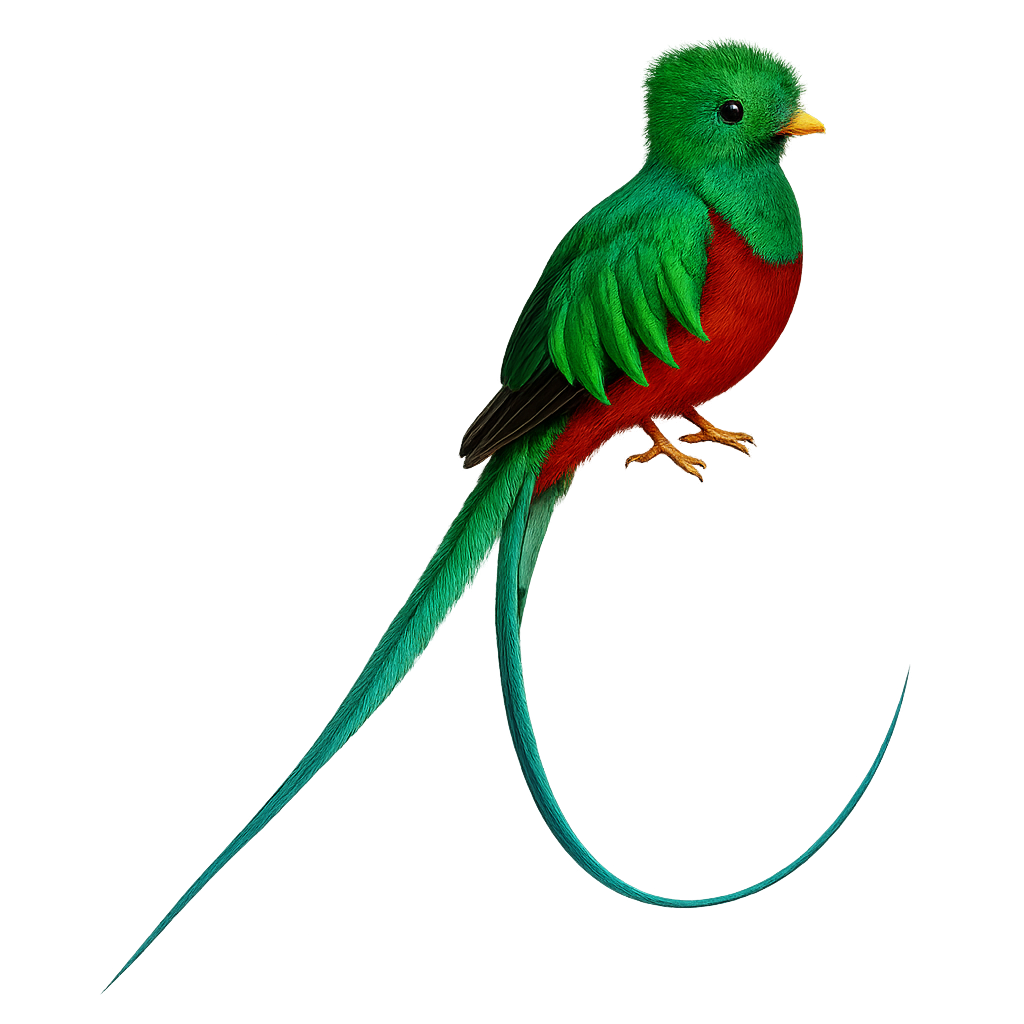Your wildlife photography guide.
Explore the resplendent quetzal in detail, study its behavior, prepare your shots.
Where to observe and photograph the resplendent quetzal in the wild
Learn where and when to spot the resplendent quetzal in the wild, how to identify the species based on distinctive features, and what natural environments it inhabits. The WildlifePhotographer app offers tailored photography tips that reflect the resplendent quetzal’s behavior, helping you capture better wildlife images. Explore the full species profile for key information including description, habitat, active periods, and approach techniques.
Resplendent quetzal
Scientific name: Euptilotis neoxenus

IUCN Status: Near Threatened
Family: TROGONOIDAE
Group: Birds
Sensitivity to human approach: Suspicious
Minimum approach distance: 30 m
Courtship display: April to June
Incubation: 17-20 jours
Hatchings: April to July
Habitat:
Mountainous and cloud forests of Central America, particularly in Guatemala, Mexico, and Costa Rica, in wooded areas
Activity period :
Mainly active at night, generally discreet during the day.
Identification and description:
The Resplendent Quetzal is a magnificent bird primarily found in the tropical and subtropical forests of the southwestern United States, Mexico, and Central America. It measures about 30 to 40 cm in length, with a wingspan of 50 to 60 cm, and weighs between 100 and 150 g. Its plumage is a vibrant green, with a vivid red throat and a long tail composed of elongated and brilliant feathers. The male is particularly spectacular, with even more colorful plumage and a distinctive crest. The Resplendent Quetzal is primarily frugivorous, feeding on fruits, berries, and small insects. This bird is also an important symbol in the indigenous cultures of the region, representing beauty and freedom. While its population remains relatively stable, this species is still vulnerable due to deforestation and habitat loss.
Recommended lens:
400 mm – adjust based on distance, desired framing (portrait or habitat), and approach conditions.
Photography tips:
Use a telephoto lens to photograph the resplendent quetzal, especially when it is flying or perched on branches in the cloud forests. The soft lighting of the morning or evening is ideal for capturing its vibrant feathers. Be discreet and respect their space to avoid disturbing their natural behavior, especially during the breeding season.
The WildlifePhotographer App is coming soon!
Be the first to explore the best nature spots, track rutting seasons, log your observations, and observe more wildlife.
Already 1 439 wildlife lovers subscribed worldwide

